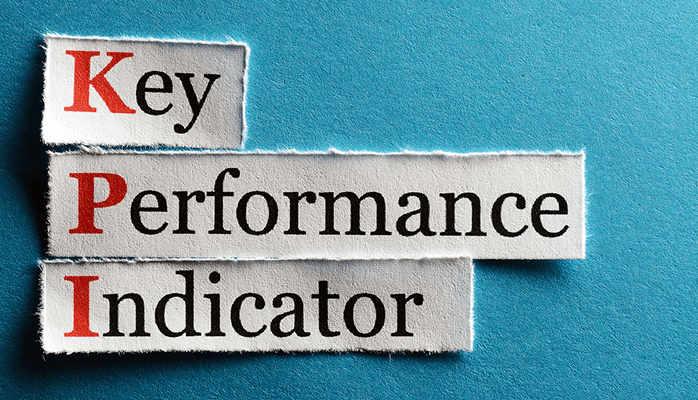Being Customer-Centric requires rewarding those that contribute to Customer-Centricity. It’s a simple concept, really. Simple yes… but is it happening? No. Too many organizations are still not rewarding Customer Experience improvement because they don’t measure it.
Despite understanding, many organizations still reward on operationally focused Key Performance Indicators (KPIs) like sales and productivity. Focusing on rewarding these, however, is not conducive to Customer Centricity.
As my fourth post in a series of nine about our Naïve to Natural assessment looking at the different parts of the organization contributing to Customer centricity, let’s take a closer look at Measurement.
5 Reasons Your Current KPIs Are Hurting Your Customer Experience
- The philosophy behind selection your KPIs focuses on driving internal goals. Most organizations choose to focus on sales as their KPI. Others might choose product-related goals. Some do both. However, these are all transactional goals; Customer Experience is focused on the emotions of the Customers, not the transaction. Unless the KPI philosophy has its basis in Customer Experience measures, it isn’t going to help improve the experience.
- The ratio is off between internal and Customer measures. There must be a good ratio of emphasis between internal and transactional goals, like sales and productivity, and the emotional goals, like Customer Satisfaction and Net Promoter Scores®. Most of the emphasis should be on Customer measures (70%) while less emphasis on the internal measures (30%).
- Customers were not involved in the selection of the KPIs. Companies who don’t emphasize Customer Experience don’t involve their Customers at all in their KPIs, or if they do they only do so based on complaints. More Customer-centric companies involve Customers directly to determine what the targets should be. The most Customer-centric companies will share the results of their efforts with their Customers.
- Incentives are linked to transactional goals, not Customer goals. That which gets rewarded gets done. If you have all of your incentives tied to sales and productivity, that’s what will be the focus your team’s efforts. The best way to emphasize improving the Customer Experience is to tie rewards to it.
- Your targets are not determined or aligned across the organization. It is critical to include all departments in the definition of KPIs that are Customer-focused, and then align those goals across your organization. If the different departments have different goals or emphasis, you run the risk of developing Silos in your organization that can hurt the Customer Experience.
Understanding is not enough to improve Customer Experience. You have to take action and measure it to see how you are improving. As long as your philosophy is rooted in the transactional goals of your company and not on the emotional experience you provide your Customer, you will continue to lack a Customer-focus in your organization. That which gets measured (and rewarded) gets done.
What do you measure at your organization?
If you enjoyed this post, you might be interested in the following blogs:
- Paying to Line Jump Customer Service is Wrong
- 4 Ways to Gain Customers’ Trust in Data Security
- Why Most Customer Experience Programs Fail
To learn more about Beyond Philosophy’s Naïve to Natural Model, please register for our Naive to Natural Certification beginning February 2, 2015.
Colin Shaw is the founder and CEO of Beyond Philosophy, one of the world’s first organizations devoted to customer experience. Colin is an international author offour best-selling books and an engaging keynote speaker.
Follow Colin Shaw on Twitter @ColinShaw_CX


